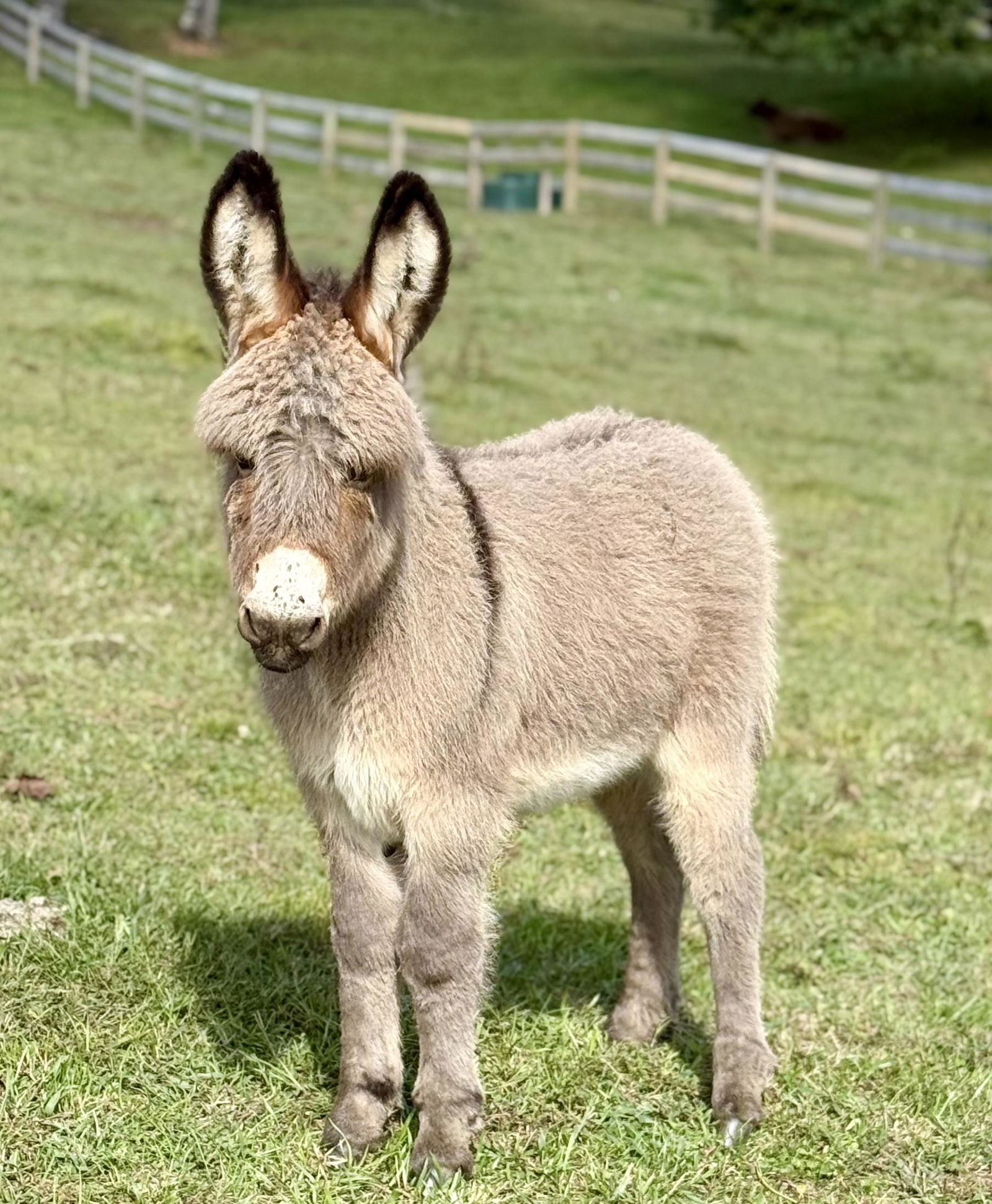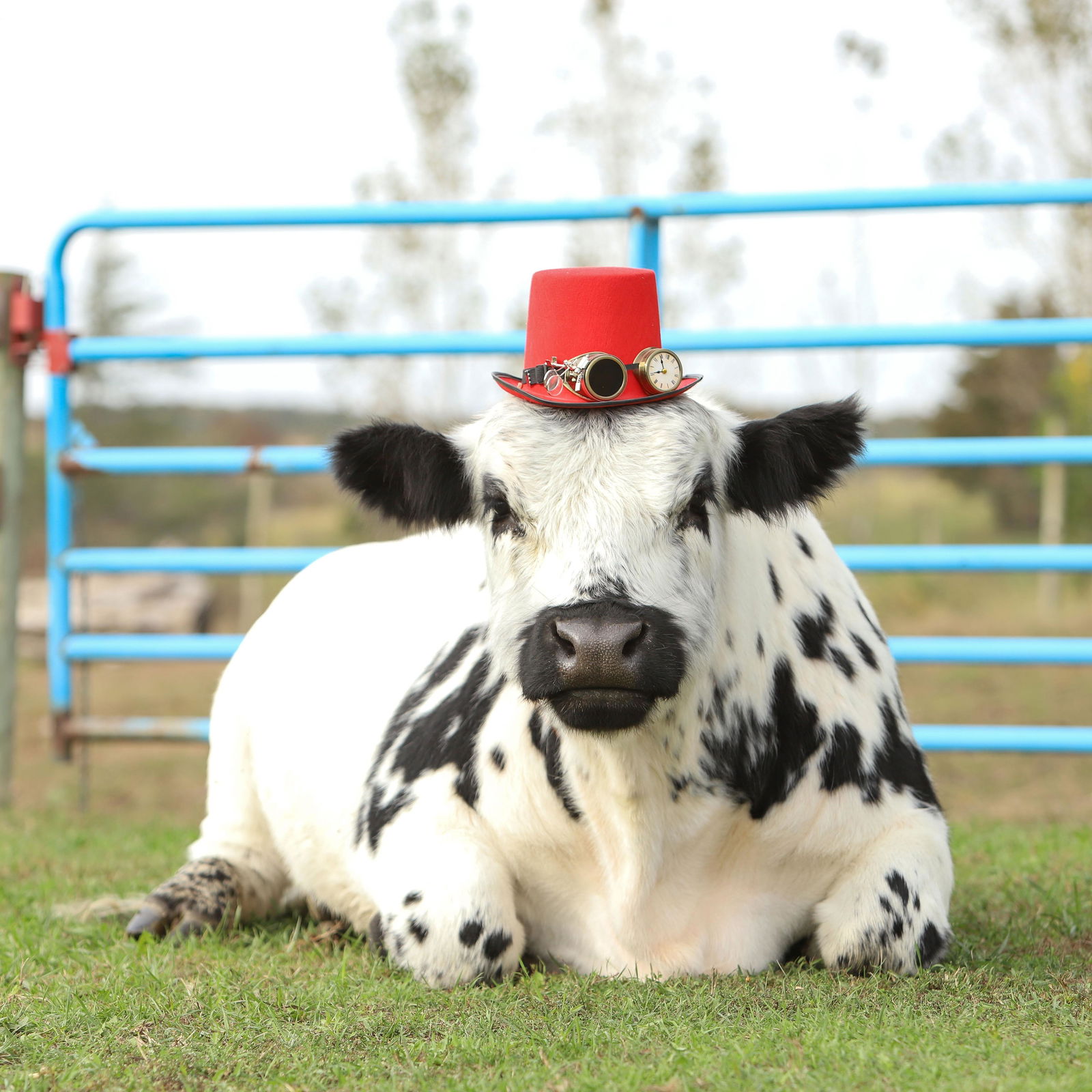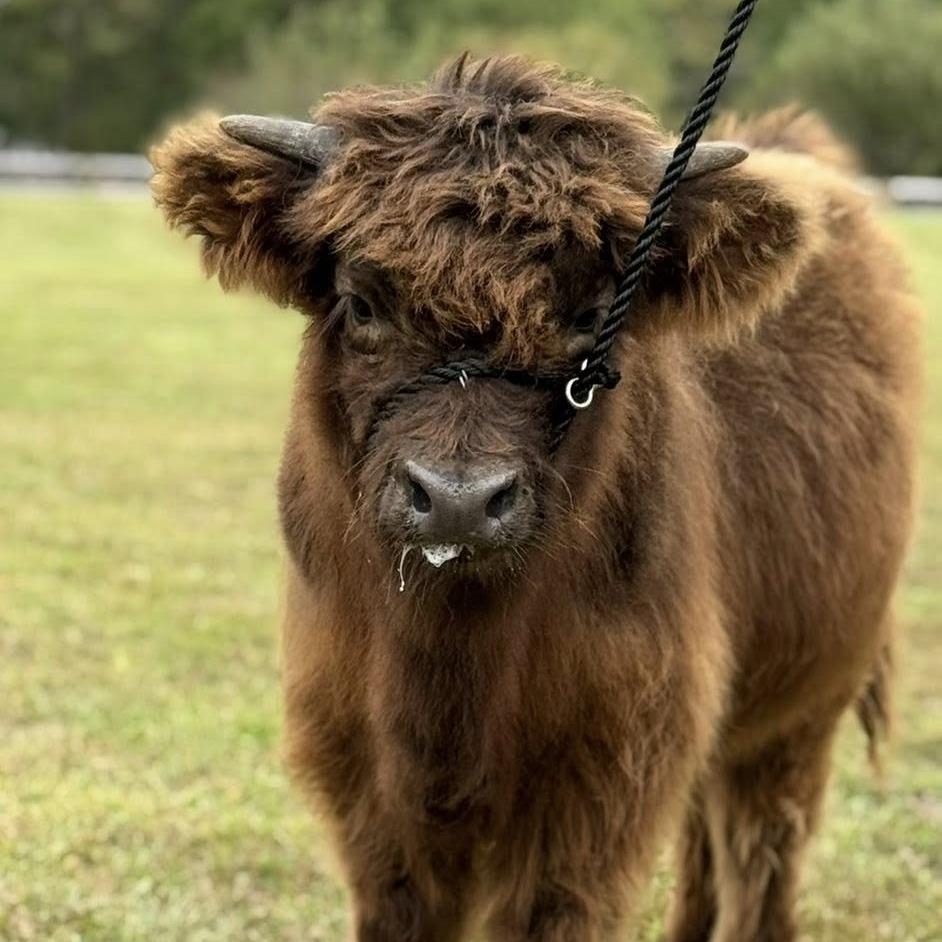
False Gharial
Tomistoma schlegelii
The False Gharial, scientifically known as Tomistoma schlegelii, is a unique crocodilian species native to the freshwater habitats of Southeast Asia, particularly in countries like Indonesia, Malaysia, and Thailand. This elusive creature is distinguished by its elongated, slender snout, which bears a striking resemblance to that of the true gharial (Gavialis gangeticus), though genetic studies have placed it closer to the crocodiles. Adults can grow impressively large, often exceeding four meters in length, though some individuals have been reported to reach over five meters. The False Gharial's diet primarily consists of fish, but it is also known to prey on small mammals and birds, reflecting its adaptable hunting techniques.
The False Gharial prefers deep swamp forests and peat lands, where its dark, rough skin offers effective camouflage against the murky waters and foliage. Despite its formidable size and predatory prowess, this species is categorized as Vulnerable by the IUCN, facing threats from habitat destruction, pollution, and illegal hunting. Conservation efforts are underway to preserve its natural habitats and ensure the survival of this fascinating and enigmatic reptile, which remains an important part of the biodiversity in its native regions.

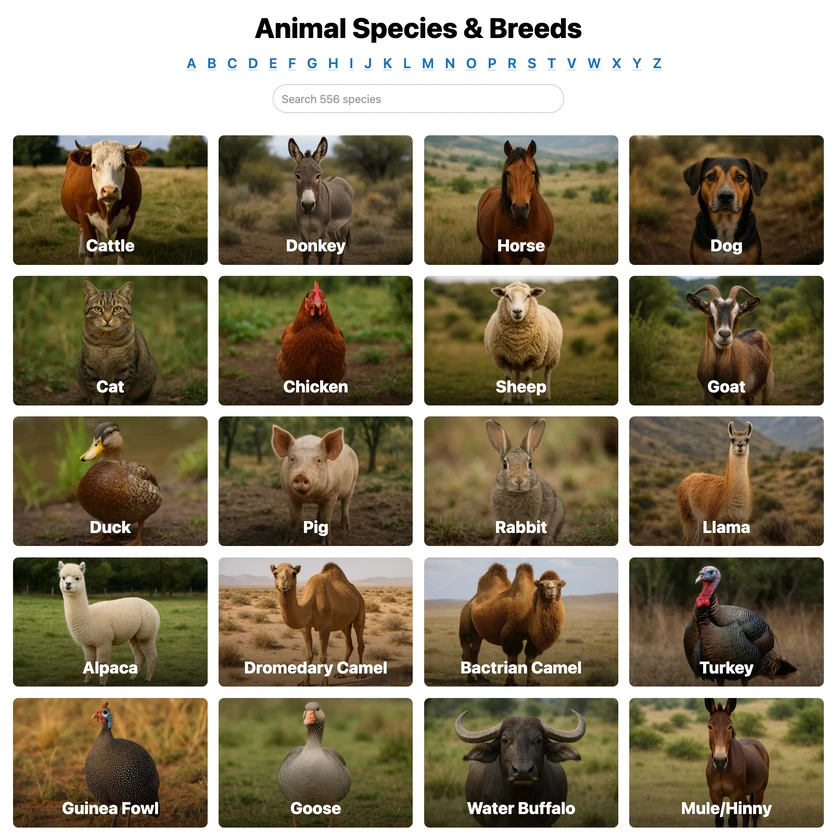 All Species & Breeds
All Species & Breeds
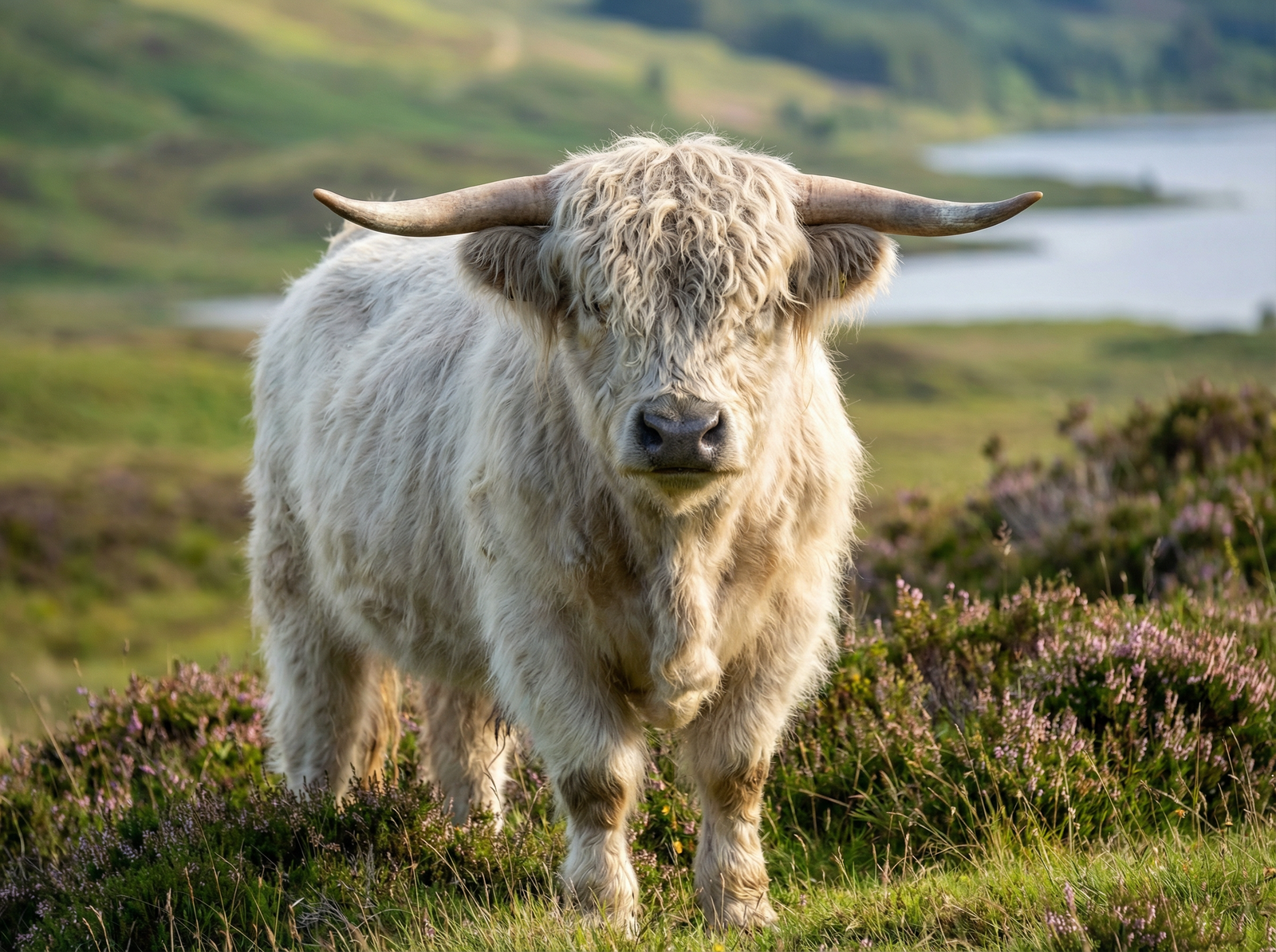 Highland Cattle
Highland Cattle
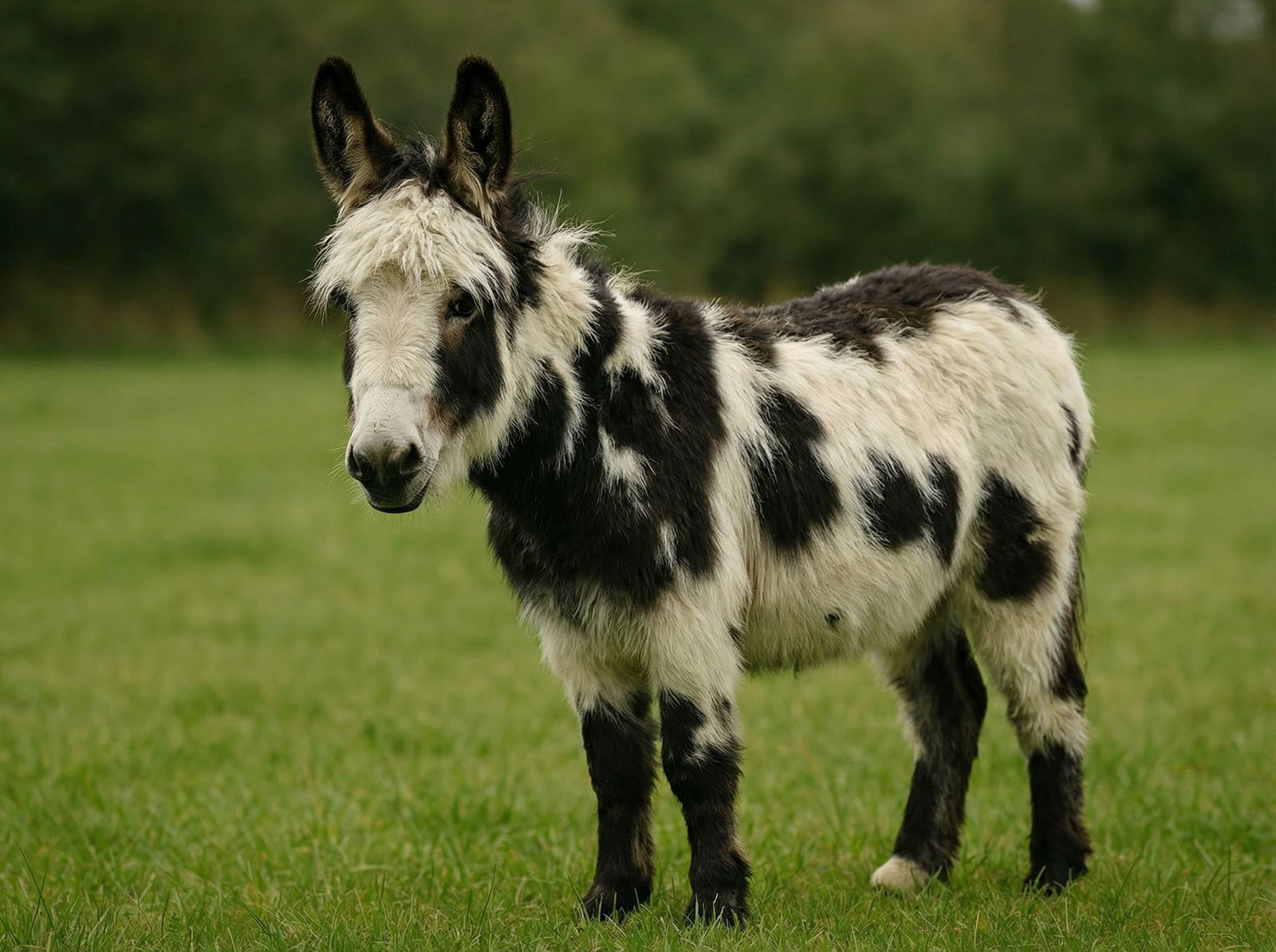 Miniature Donkeys
Miniature Donkeys
 All Species Directory
All Species Directory
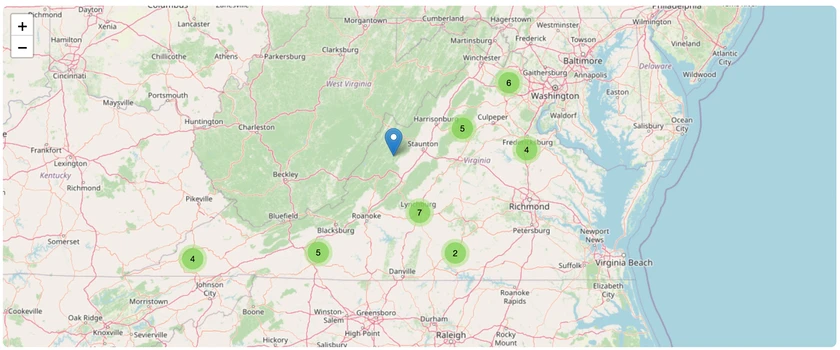 Highland Cattle in Virginia
Highland Cattle in Virginia
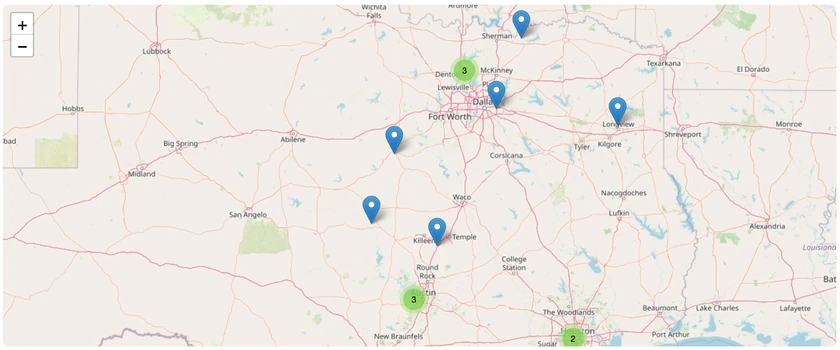 Miniature Donkeys in Texas
Miniature Donkeys in Texas
